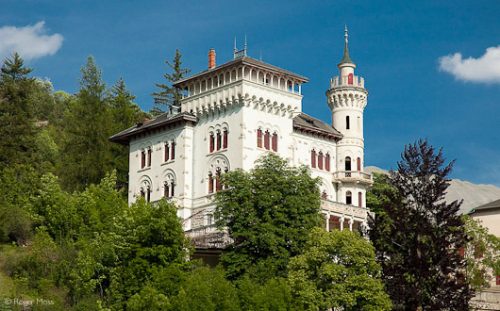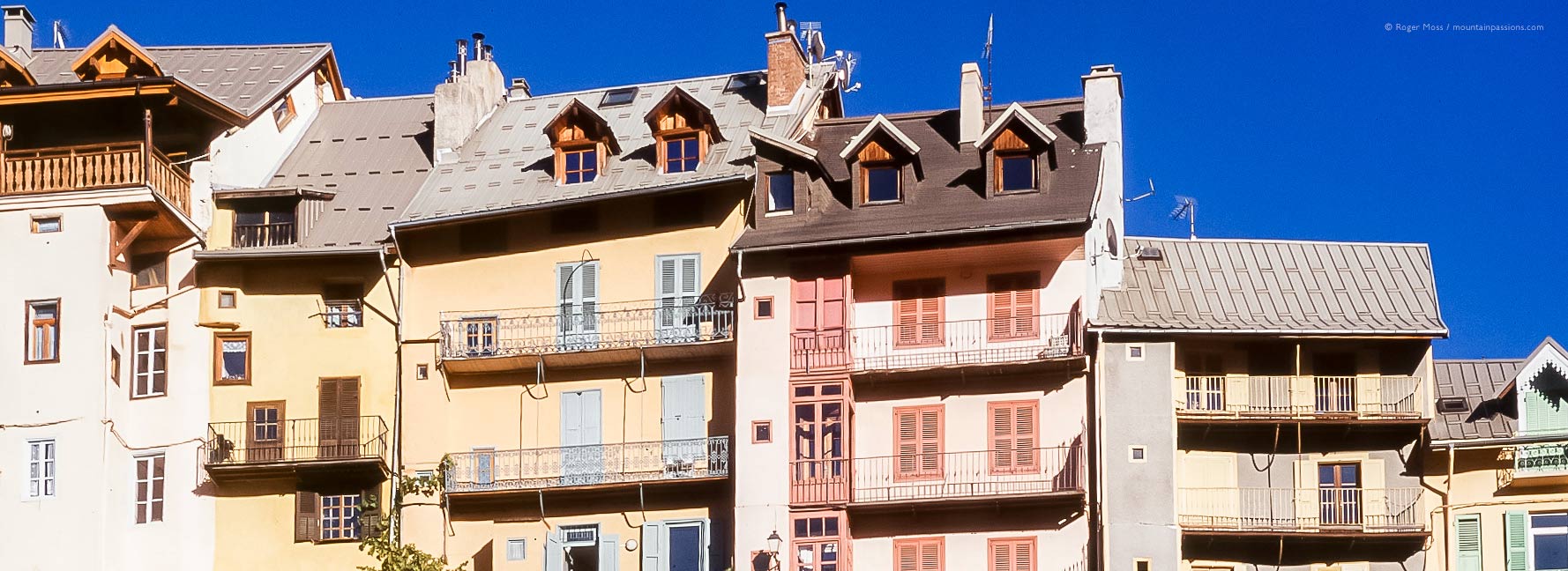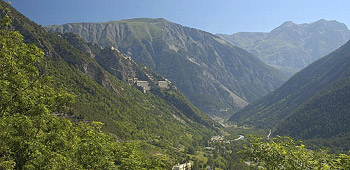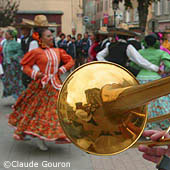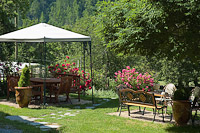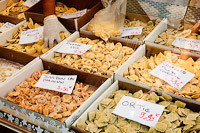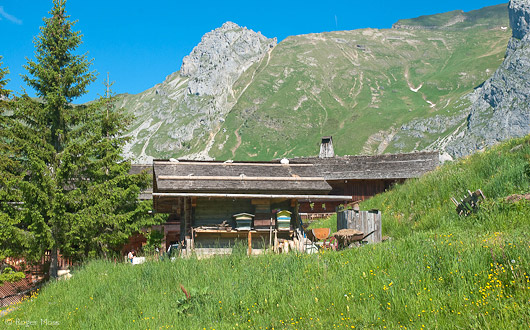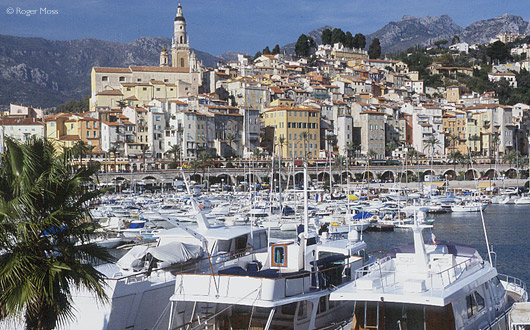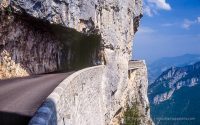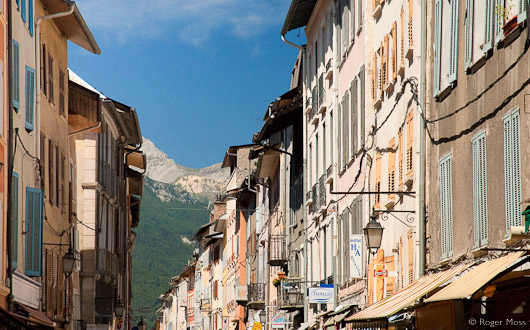Route des Grandes Alpes III
From Briançon to the Vallée de l'Ubaye
We’re on the third stage of the Route des Grandes Alpes, a scenic touring itinerary following the mythical cols and valleys of the French Alps from Lac Léman to the Mediterranean sea. In this section we travel from the Briançon to the Vallée de l’Ubaye.
Some 340km from our starting point, we’re now half-way through our marathon 684km itinerary, a fact underlined by a gradual transition to the Mediterranean’s climatic influence.
Leaving Europe’s second highest city, it’s tempting to assume that having made it this far the best senery must be behind us. Proof that this is certainly not the case comes as we pass tiny hamlets sitting among classic mountain scenery in the Cerveyrette valley. A little further along the valley we pass Cervières, a sheltered centre for peaceful, cross-country skiing (ski-de-fond) on pistes flanking the Italian border and which in other seasons become footpaths.
We now power our way up to the Col d’Izoard (2360m), the tortuous route climbing through dense forests of giant, multi-coloured conifers, beneath vast steel-blue skies.
A landscape for heroes…
Beyond the Col another hidden valley unfolds against the vast mountains of the Parc Natural Régional du Queyras. Considering the merciless gradients (and the fact that the road wasn’t surfaced until 1963), it’s hard not to be impressed by the heroism of those who tackled this gruelling Tour de France stage. At the roadside are memorials to Fausto Coppi and Louison Bobet, and the nearby Réfuge Napoléon contains a small Musée du Cyclisme.
A further series of hairpins drops through a ruggedly-beautiful landscape of eroded limestone, gypsum and Dolomitic rock, known as la Casse Déserte. Further down we pass the route to Saint-Véran, at 2050m, the highest commune in Europe.
Next we pass Château Queyras, whose medieval fortress was conceived in response to repeated incursions by pillaging bands up from Provence. The impressive outline visible from the roadside today dates from much later, however, reflecting military engineer Vauban’s massive campaign of works during the 17th Century to strengthen the line of defences sited along the vulnerable frontier with Italy.
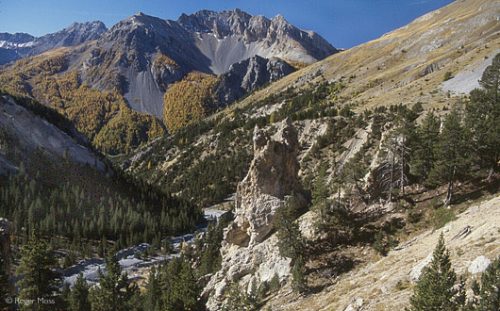
Through tunnels and gorges
From here things close in for the Corniche-style run through the Combe du Queyras and Gorges du Guil, where a small lay-by provides an opportunity to pause and look back at the narrow route snaking through dark tunnels and swerving around rocky outcrops along the sides of a deep canyon. The tunnels were cut back in 1949, opening up what was once a simple pack-mule track, substantial sections being cantilevered out from the sheer rock faces on massive stone arches. Here and there the engineers’ original timber formwork is still visible.
Beyond Guillestre, long celebrated for its October Foire des Bergers, begins another wayward ascent, this time past the Southern Alps ski resorts of Risoul and Vars, whose linked domain is known as le Forêt Blanche.
For us, though, it’s a startling vision of fiery golds and yellows, as whole mountainsides of larch woodland give their all in the late autumn sun. The effect, reflected in the shimmering waters of a small lake at the roadside, is like having been suddenly transported to the Canadian Rockies. Nearby stands another Réfuge Napoléon.
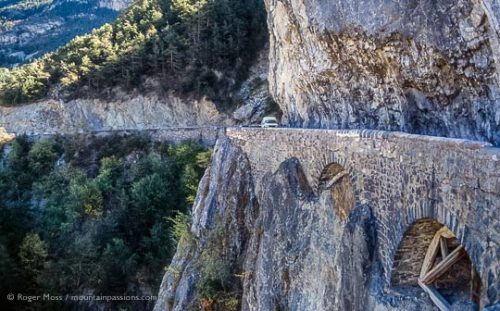
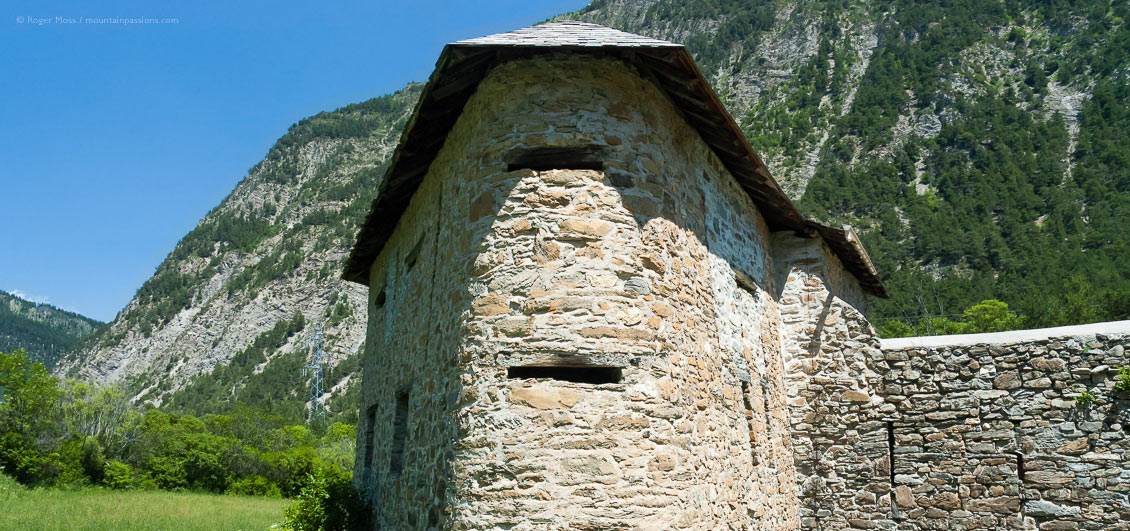
Over the ‘new’ Col…
The climb to the Col de Vars (2109m) is relatively gentle, unlike that of its wilder predecessor, the Col du Parpaillon, and is followed by an exhilarating hairpin run down past the fort known as the Redoute de Berwick and the picture postcard village of Saint-Paul-sur-Ubaye. The military theme continues under the detached gaze of the vast Fort de Tournoux, constructed between 1843 and 1890 high above the point at which the river valley of the Ubaye is joined by that of the Ubayette.
Pressing on past the elegant architecture around Jausiers we reach Barcelonnette, a remarkable town whose truly unique story is told in the Musée de la Vallée, housed in the Villa la Sapinière.
Overlooking the valley is the ski station of Pra-Loup, while the Route continues into the Gorges du Bachelard. It’s a tight squeeze, and was a key stage in the creation of the Route when it opened (unsurfaced) to motorists in 1913. The scenery finally softens and the valley begins to broaden near Fours-Saint-Laurent, before the ascent to the Col de la Cayolle (2327m). It was close to this spot in 1953 that an Air France Lockheed Constellation airliner en route from Paris Orly to Saigon crashed into Mont Cemet at 2800m while descending to Nice. All aboard perished, including composer René Herbin and concert violinist Jacques Thibaud (whose 1720 Stradivarius violin was also destroyed). 
Click link to follow Route des Grandes Alpes IV
